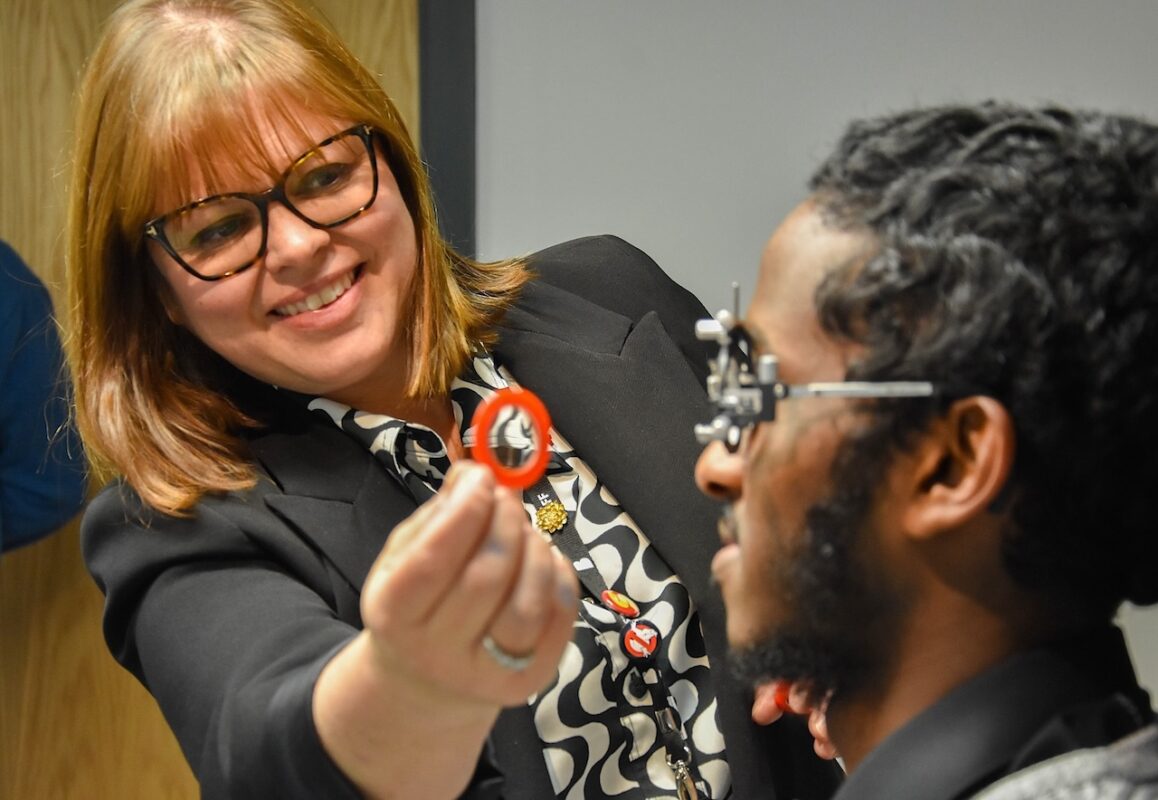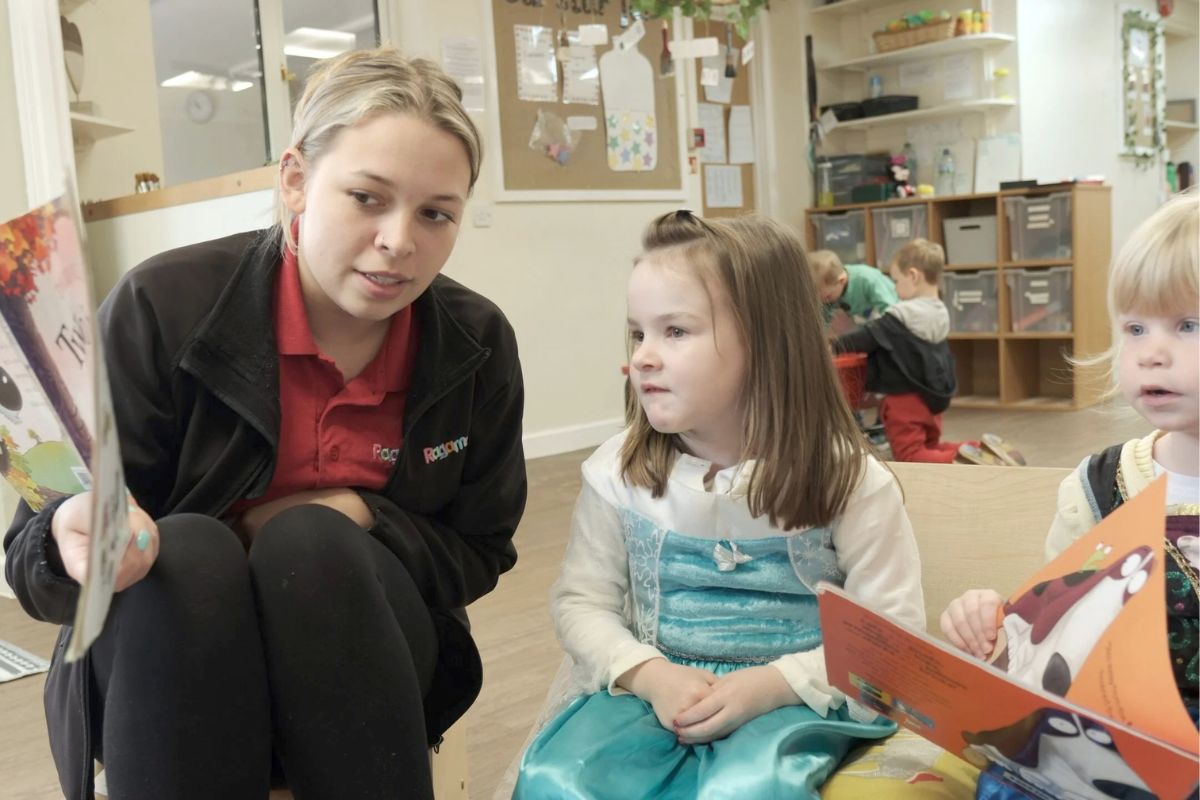New briefing on further education updates key findings for educational pathways series

The Educational pathways into engineering report, first published by EngineeringUK in 2020, covers the trends in STEM educational participation and attainment across academic and technical pathways into engineering.
An updated briefing and data resource cover the qualifications available in further education, with 2 main categories: technical/vocational qualifications and apprenticeships.
A short summary of the briefing
The focus of this briefing is on engineering-related qualifications, which – in line with previous EngineeringUK research – covers the following sector subject areas:
- construction, planning and the built environment
- engineering and manufacturing technologies
- information and communication technology
The briefing looks at the recently introduced T levels, which aim to create clearer vocational pathways into engineering, while also allowing the flexibility to move across different educational routes. Construction was one of the first T levels to be introduced in 2020/21, with engineering and manufacturing to follow from 2022/23.
It reviews apprenticeships, which are an important route into engineering careers though numbers entering them have been impacted by reforms in recent years. Furthermore, when we look at the characteristics of apprentices, in terms of gender, ethnicity and socioeconomic background, there is less diversity among engineering than other subjects. This mirrors what we see in the engineering workforce and suggests that more work needs to be done to create more diversity amongst engineers for the future.
Marie Horton, Senior Research Analyst at EngineeringUK, commented:
“Vocational routes such as T levels, BTECs and apprenticeships provide a pathway to a successful career for those who take these qualifications. However, numbers are in decline and diversity remains a concern with particularly low female participation in engineering-related qualifications.
“EngineeringUK’s latest publication on further education and apprenticeships in engineering covers trends across vocational qualifications such as T levels and apprenticeships and includes the ‘construction, planning and the built environment’, ‘engineering and manufacturing technologies’, and ‘information and communication technology’ sector subject areas. We explore the trends in numbers of people starting qualifications and numbers of achievements and are able to see some of the effects of the Covid-19 pandemic on this area of education in the UK. This is useful for exploring gaps for meeting the future need for engineering skills.”
Key facts and figures
The Further education and apprenticeships in engineering briefing highlights some interesting facts and figures:
- in England, there has been a decline in uptake for all apprenticeship subjects of 35% from 2016/17 to 2020/21, with engineering-related apprenticeships declining by 30%
- numbers starting degree or higher level engineering-related apprenticeships have been increasing up to 6,260 in 2020/21, whilst the intermediate and advanced level apprenticeships have decreased by 61% and 19% respectively
- in England in 2020/21, women made up 14.5% of engineering-related apprenticeship starts in 2020/21, up from 8.1% in 2016/17, but with variation between subjects ranging from 7.5% in construction to 30.8% in ICT
- the share of engineering-related apprenticeship starts in the South East has increased since 2016/17, from 13.3% to 15.7%, whereas the share in the North East has declined from 7.8% to 6.0%
- there is a promising upward trend in T level enrolments, with the construction T level more than quadrupling its intake from 250 in 2020/21 to 1,150 in 2021/22
- engineering-related vocational qualifications made up 31% of all entries for 16 to 18 year olds in 2020/21
- we see higher attainment rates in women, with 87% achieving their engineering-related vocational qualification in 2020/21, compared to 84% of men











Responses